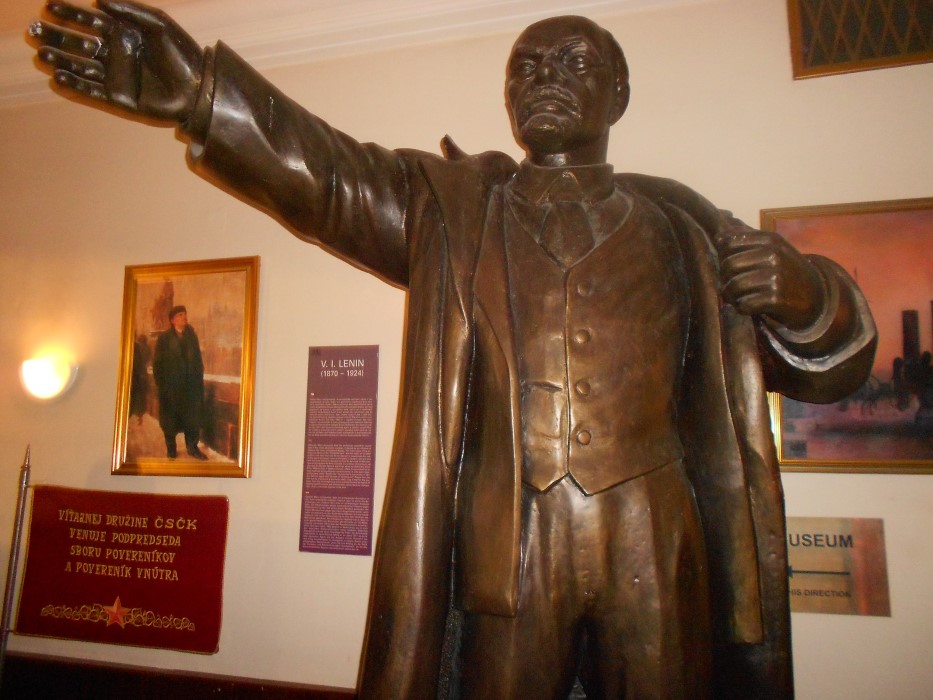Developed by Joseph Nye from Harvard University, soft power is a concept describing the ability to attract and co-opt in other ways than through coercion (hard power), using force or persuading with money. So, in what way can museums be seen and act as agents of soft power?
As stated by The Soft Power 30 in their report, not long ago, museums were a form of hard power. They acted as safeguards of the spoils of war and conquest of mankind. It was a form of expression of the state hegemony and cultural diplomacy. However, the role of museums has gone through some changes in the past years.
More Soft Power with Smaller Government Involvement
Joseph Nye’s research proved that soft power is more effective when the source is independent of government and large corporations. In the past 40 years many museums had gone from being led by governments to being under civil society institutions.
More and more museums are leaning to this path. For example, 80% of U.S. museums are non-profits with independent boards. As a result, museums have gained new roles and responsibilities such as: positioning cities and regions as tourism destinations, knowledge economy stimulation or job creation.
In the current era, museums are not just landmarks. They are also key elements in successful place-making. Museums represent efficient, accessible and meaningful places where people can meet, exchange their views and try to solve problems. This once again proves how museums can act as platforms for soft power. Many cities have understood this and have planned museums at the epicentre of various urban development projects. The goal was to draw attention to the city on the global scene and improving the quality of life.
The “Bilbao Effect”
The Spanish Basque city of Bilbao is a great example of place-making. It shows that a post-industrial centre can be transformed into an attractive tourism destination. Before the construction of the Guggenheim Museum, the city received less than 100 thousand overnight stays per year. After the construction of the museum, the number rose to over 800 thousand. This has been a great stimulus for the development of the city in many aspects, e.g. hotels, restaurants, shops and much more.
Similarly, London has transformed the King’s Cross area into a centre of knowledge and culture. The area now features 55 museums, universities, research institutes, the British Library, restaurants and living spaces with international train links to Paris and Brussels. In short, King’s Cross has become a powerful place for opinion formers, travelling and thus also soft power.
Museums of Communism in Eastern Europe
Another example of museums used as soft power are museums of communism or occupation in Eastern Europe. These countries take advantage of their own but also other historical developments and try to show the reality of communism to visitors, in order not to forget crimes committed in the 20th century. Some examples of these museums are the Museum of Communism in Prague, the Sighetul Marmatiei Memorial Museum in Romania or the Museum of Occupation in Tallinn, Estonia.
It is true that it is important to remind the new generations of the horrors and woes of the past. However, perhaps in this case there is a feeling of slight overuse and selections, with some events being publicized preferably over others, that the respective countries are not too proud of.

Nevertheless, museums are a strong form of soft power and are expected to be even stronger as time passes. Museums attract and engage people in real time and space and by transmitting knowledge and thought to the people they want to make countries and the world a better place.